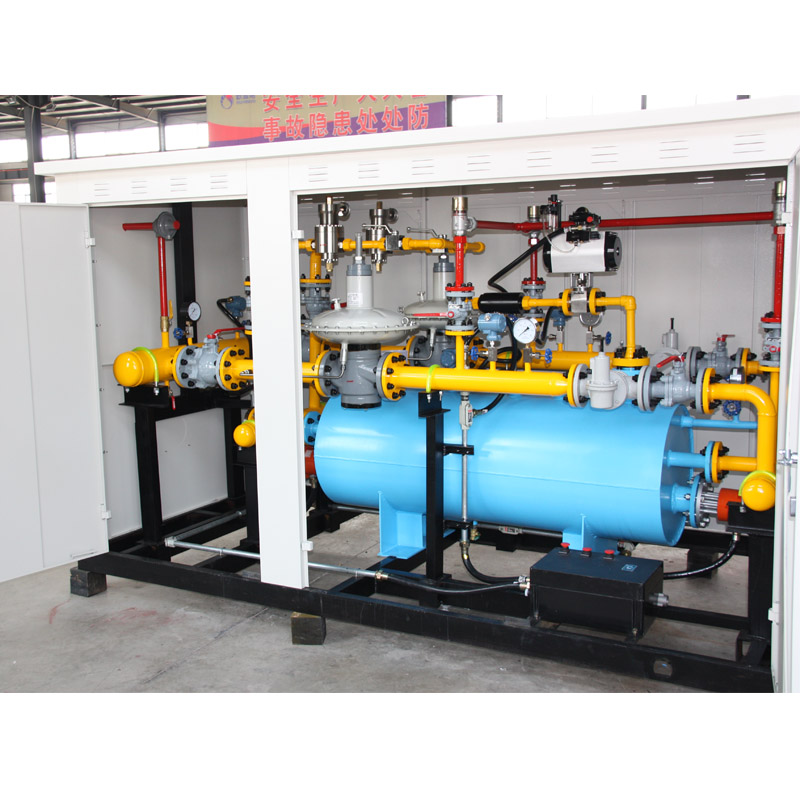
Nov . 11, 2024 06:19
Back to list
cyclone separator
Understanding Cyclone Separators An Overview
Cyclone separators, also known as cyclone dust collectors, are mechanical devices used to remove particulate matter from gaseous streams. They are widely employed in various industries, including manufacturing, mining, and air pollution control, due to their efficiency and effectiveness in separating dust and other contaminants from air or gas flows.
How Cyclone Separators Work
The operation of a cyclone separator is based on the principle of centrifugal force. When a mixture of gas and particles enters the cyclone, it is directed into a cylindrical chamber at a controlled speed. As the gas flows into the chamber, it is given a swirling motion, which causes the heavier particles to be thrown outward against the walls of the cyclone due to centrifugal force.
These particles then slide down the walls and are collected at the bottom of the separator, where they can be removed for disposal or recycling. Meanwhile, the cleaner gas continues to spiral upward, eventually exiting the cyclone through an outlet at the top. The design typically features a conical shape that aids in enhancing the separation process, ensuring that most particles are effectively captured.
Advantages of Cyclone Separators
One of the primary advantages of cyclone separators is their ability to handle large volumes of gas with a relatively low pressure drop. This characteristic makes them an energy-efficient option for dust collection and air purification. Cyclone separators are also robust, requiring minimal maintenance and operating under a wide variety of temperatures and pressures. Additionally, they do not rely on filters, which means there are no replacement costs associated with consumable parts, reducing long-term operational costs.
Further, the simplicity of their design makes installation straightforward, and they can often be incorporated into existing systems without significant modifications. Cyclone separators can also be used in conjunction with other dust collection systems, such as bag filters and electrostatic precipitators, to enhance overall efficiency in removing fine particulates.
cyclone separator

Limitations of Cyclone Separators
Despite their many advantages, cyclone separators have limitations that industries must consider. They are generally less effective at capturing very fine particles (typically those smaller than 10 micrometers). Consequently, while they can significantly reduce dust levels, they may need to be supplemented with additional filtration methods to meet strict environmental or health standards.
The efficiency of particle separation in cyclone separators also varies based on the properties of the particles, the speed of the gas flow, and the design of the cyclone. Factors such as the density and size of the particles play crucial roles in determining how well the cyclone can separate them from the gas stream.
Applications of Cyclone Separators
Cyclone separators are prevalent in a range of applications. In the manufacturing sector, they are used to remove dust and debris from processes like grinding and cutting. In the mining industry, they help manage dust generated during drilling and transport activities. Cyclone separators are also employed in waste management for reducing emissions from industrial operations.
Moreover, they find applications in the agricultural sector to separate grains from chaff or in the pharmaceutical industry to ensure clean air in production environments. Their versatility makes them suitable for many different industries striving to maintain efficient operations while adhering to environmental regulations.
Conclusion
In conclusion, cyclone separators are an essential tool for controlling air quality and eliminating particulate matter in a range of industrial applications. Their efficient operation, low maintenance requirements, and cost-effectiveness make them a popular choice for businesses looking to improve their environmental performance. Despite their limitations regarding fine particle filtration, the ability to integrate cyclone separators into existing systems and enhance their efficiency through combination with other technologies continues to underscore their importance in modern industrial processes. As industries evolve and environmental regulations become stricter, cyclone separators will remain a critical component in the pursuit of cleaner production methods.
Next:
Latest news
-
Safety Valve Spring-Loaded Design Overpressure ProtectionNewsJul.25,2025
-
Precision Voltage Regulator AC5 Accuracy Grade PerformanceNewsJul.25,2025
-
Natural Gas Pressure Regulating Skid Industrial Pipeline ApplicationsNewsJul.25,2025
-
Natural Gas Filter Stainless Steel Mesh Element DesignNewsJul.25,2025
-
Gas Pressure Regulator Valve Direct-Acting Spring-Loaded DesignNewsJul.25,2025
-
Decompression Equipment Multi-Stage Heat Exchange System DesignNewsJul.25,2025

